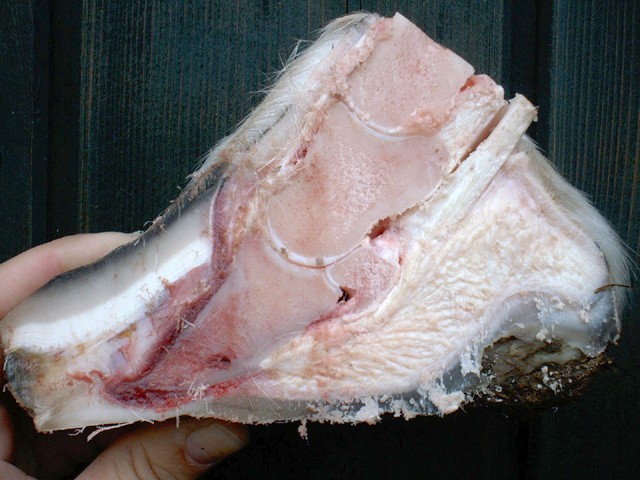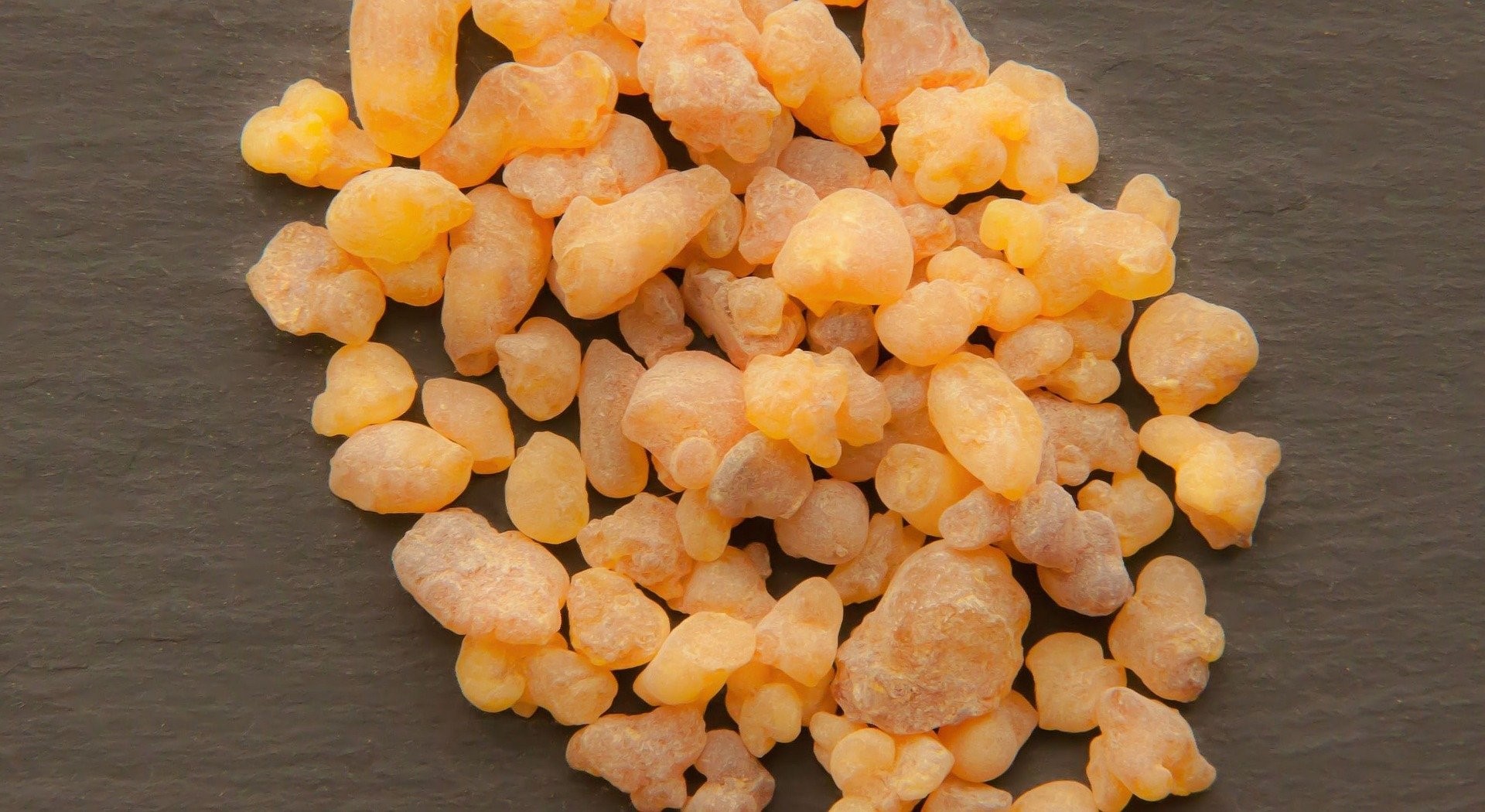Recently I came across an old article in the Süddeutsche Zeitung (i.e. a respectable paper and not a rogue magazine). It was about benefits or harms of pharmaceuticals, especially painkillers, the integrity of the pharmaceutical industry. And the effectiveness of the regulatory bodies in licensing pharmaceuticals.
This is about illegal marketing of pharmaceuticals. But also bribery and the marketing of unauthorised drugs. In other words, simply criminal offences that fulfil the criteria of organised crime.
In order to end such trials prematurely and without media attention, companies like Pfizer, Glaxo Smith Kline, Abbot, Johnson & Johnson pay billions.
Incidentally, two of these companies are also involved in the vaccine production for COVID.
The article lists drugs (painkillers) from human medicine that have cost hundreds of thousands of lives due to their harmfulness.
Painkillers are one of the most lucrative aspects in veterinary medicine too.
Pain, one of the main problems of laminitis
.
The use of non-steroidal anti-inflammatory drugs (NSAID`s) in chronic and acute laminitis.
An intravascular coagulation reaction is set in motion by an inflammatory trigger (of whatever kind). This has catastrophic consequences, especially in the end-stream pathways of the hoof corium.

preparation of a hoof in laminitic state
With disseminated intravascular coagulation, blood fluid and immune cells enter the tissue of the hoof corium. Metalloproteases are activated and detach the hoof capsule from its support.
The result is local ischaemia, persistent local inflammation mainly triggered by reactive oxygen species (ROS) in the vessels and tissues. Organic consequences are coffin bone subsidence and rotation and, in the worst case, out-shoeing of the horses.
Ischaemia is associated with great pain. Let’s not kid ourselves. So the most obvious symptom is pain-related unloading of the affected limb, pain-related sweating and a typical unloading posture.
Pain is also the symptom that is most obvious to the pet owner. The one that stresses the pet owner the most.
So the client is happy when the vet takes care of the pain for the time being. That’s why he gives an NSAID. And this is where the problem lies.
The side effects of painkillers
.
NSAIDs, i.e. metacam, phenylbutazone but also aspirin, have a decisive and fatal side effect on laminitis.
They maintain the ROS, even increase them. They cause oxidative stress and damage blood vessels and the heart and other organs.
Painkillers are divided into non-selective inhibitors, which inhibit both COX-1 and COX-2, and selective inhibitors, which are pure COX-2 inhibitors.
Painkillers do not protect, they damage the blood vessels
.
COX inhibitors prevent prostaglandin synthesis. It now turns out that prostaglandins are not only harmful, but that a balance between prostaglandins and thromboxanes is important for normal clotting even in a state of inflammation.
NSAIDs therefore increase blood clotting.
Furthermore, especially in diabetic patients or in EMS, NSAIDs damage the vascular endothelium, leading to severe fluid leakage into the tissue, disseminated intravascular coagulation in the end-stream pathways and tissue inflammation.
Ever heard of this? Aren’t these the pathological processes in laminitis?
Painkillers and the immune system
.
Prostaglandins are instrumental in the regulation of inflammatory processes. They allow immune cells access to inflamed tissues. They regulate interferon gamma and T cells, they promote regulatory T cells.
What this means? Prostaglandins ensure that our immune response doesn’t derail and overshoot and, most importantly, that we don’t get allergies.
And the use of painkillers is increasing as rapidly as our tendency to allergies. Just like with our horses. The evil in the eyes of the beholder.
Pain and phytotherapy
Phytotherapy can resort to an analgesic that does not interfere with prostaglandin synthesis.

Bild von xbqs42 auf Pixabay
Plant based painkiller
There are also morphine derivatives, but they have to be injected and do not last as long.
But do we need complete freedom from pain in the treatment of laminitis?
No.
The pain must be bearable in terms of animal welfare. Otherwise the pain is only a symptom. That discourages our horses from too much exercise.
Medicine needs to get back to what it was created for. Curing diseases and not treating symptoms.
And that has been lost in modern medicine.
What was the advertising slogan of a pharmaceutical company: We create markets. Excuse me? If I cure patients, doesn’t that make the market smaller?
The phytotherapy does not create markets.
It has been around for hundreds of years. It`already on the market. All medicines have been developed from it. It has little or no side effects. It treats causes.
Pain therapy and its justification
As long as medicine allows itself to be degraded by the pharmaceutical industry to treat the symptom of pain like a disease, it is useless, bad and harmful.
Only when the cause of pain has been reliably identified and all other therapies are ineffective, does pain therapy justify itself.
Pain is the non-specific symptom of many diseases.
Masking it means misinterpreting diseases and provoking wrong treatments.
Finally, start curing diseases and researching their causes, not looking for more symptoms and contingencies that can be profitably treated with total disregard for side effects.